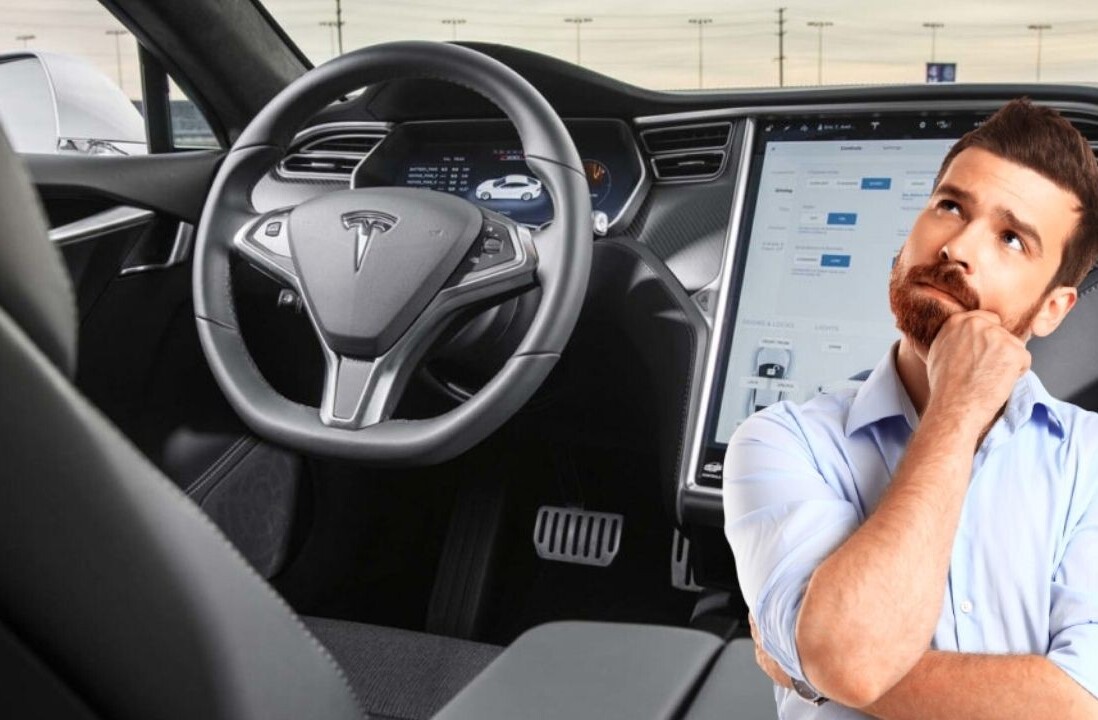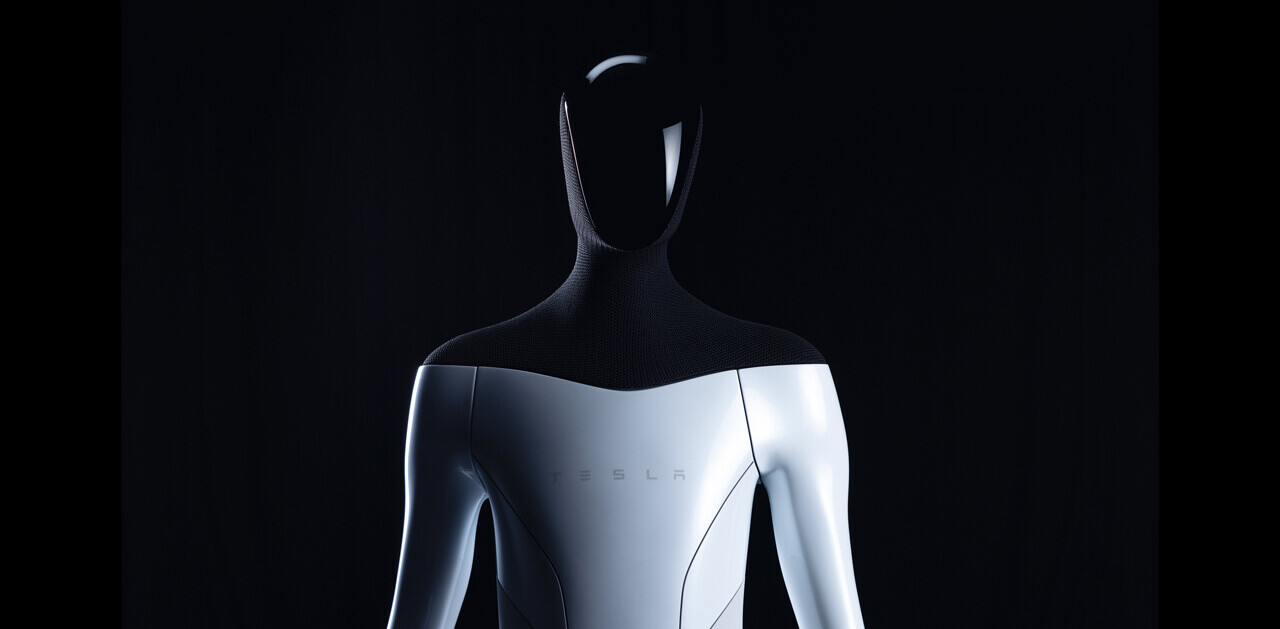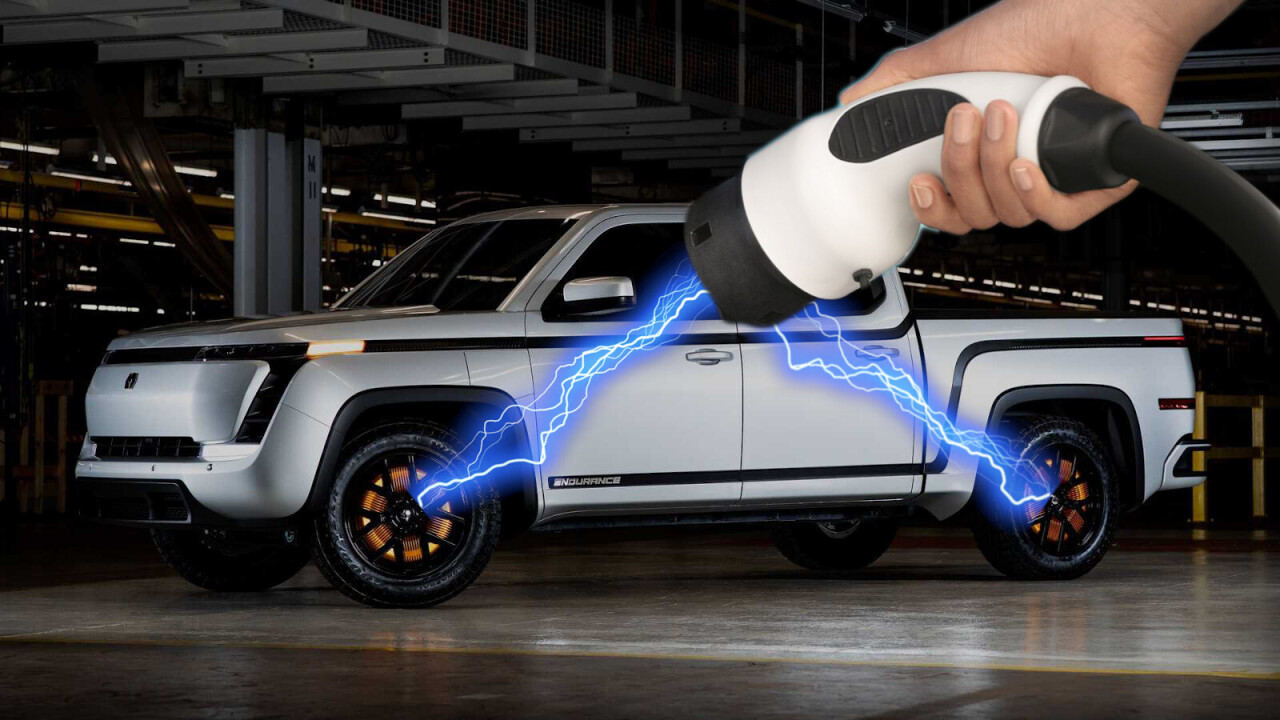
In the developing electric truck market there seem to be five key players emerging: the Tesla Cybertruck, Rivian R1T, Hummer EV, Nikola Badger, and the all-electric Ford F150. But a sixth just burst onto the scene, and its ambitious plans could see it being the first to market.
Lordstown, the electric car startup that was only founded last year, unveiled its debut vehicle, called the Endurance, yesterday. What’s more, the company is planning to deliver it early next year, which is one heck of a timeline. It’s expected to start at around $52,500, putting it in a similar price bracket to Tesla’s Cybertruck.
“There are going to be five or more electric pickup trucks in the future… we’re going to beat all of them to market,” said Lordstown CEO Steve Burns at the launch.
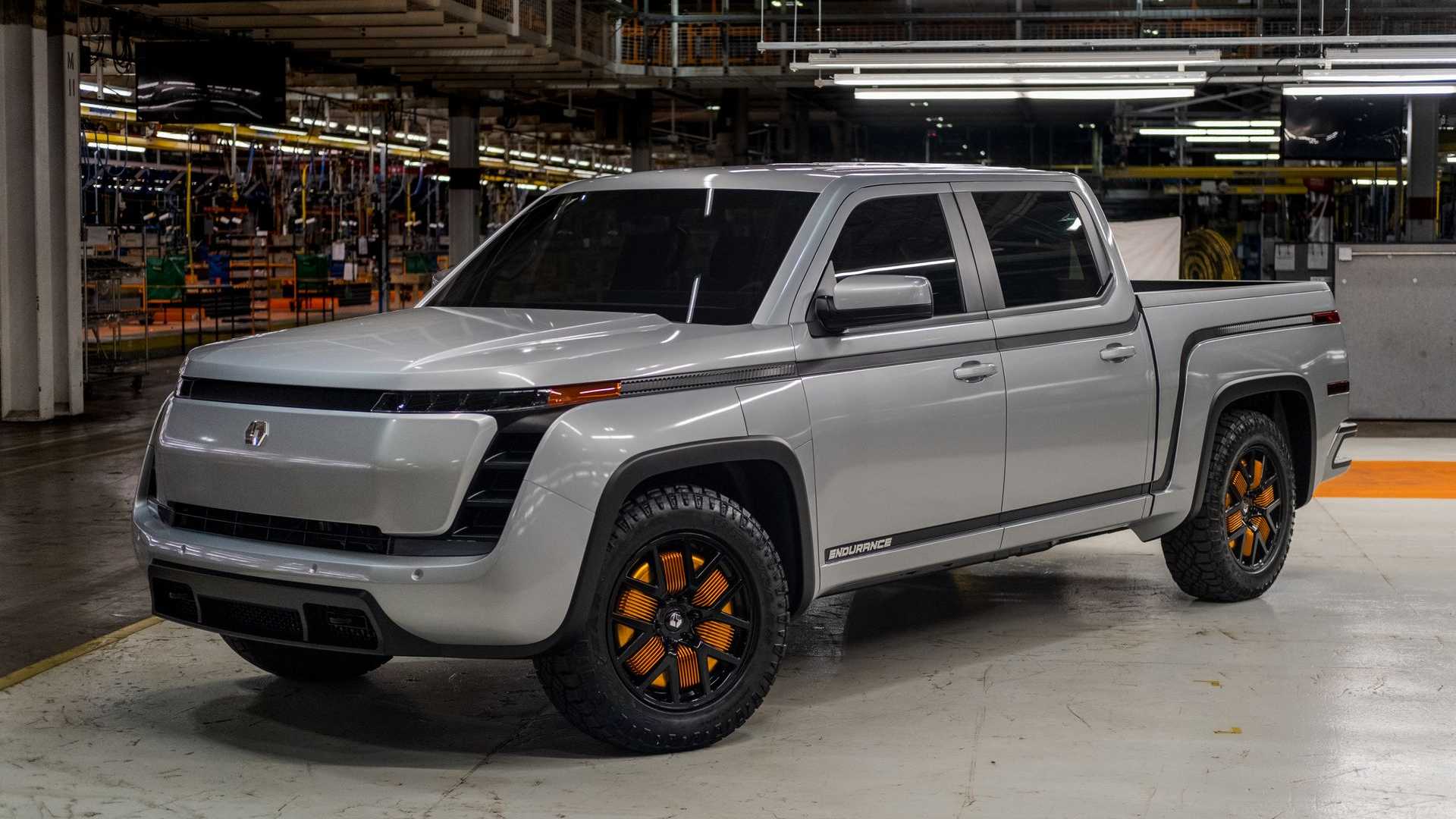
If Lordstown is a new name to you, here’s the lowdown. The company was set up in 2019 after its founder and CEO Steve Burns acquired a fully kitted out General Motors production facility located in Lordstown, Ohio — hence its name. Burns himself is no stranger to electric vehicles, previously running Workhorse, an EV startup that specifically makes electric vehicles for commercial markets.
[Read: Domino’s delivers pizza by drone to Dutch beach — but it was just a trial]
Lordstown Motors says it’s going to specialize in making all-electric American pickup trucks for the commercial market. In fact, it’s licensing intellectual property from Burns’ former business to do it. While the Ford F150 and Cybertruck target private buyers, Lordstown is taking a different tack going specifically for manual workers and tradespeople.
Electric pickups are largely, under the surface, the same as each other. They all have batteries and electric motors that drive the wheels built into the chassis. However, the Endurance is taking a slightly different approach and mounting the motors in the hubs of each wheel.
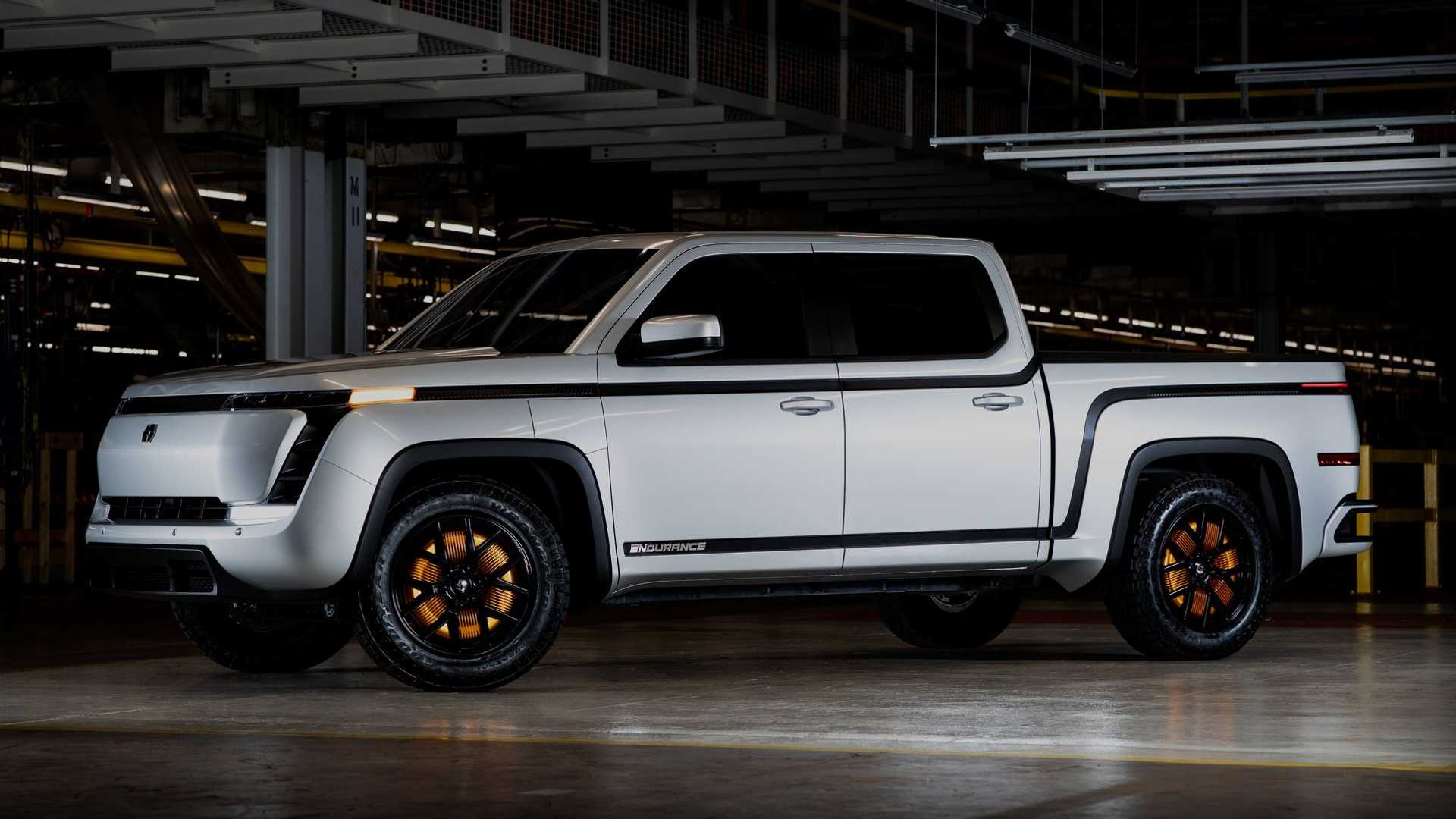
Like the four motor Rivian, this allows the Endurance to control exactly how much power is sent to each wheel. In off-road scenarios this can be incredibly useful for getting out of slippy spots, as power can be sent to the wheels with grip, rather than sending it to all wheels and spinning out of control.
There’s been some debate whether this is a good strategy for EVs, some believe they’re a good idea, most seem to disagree, though.
On one hand, putting motors in wheels adds to the unsprung weight of a vehicle. Generally speaking, adding weight and components to bits of the vehicle that aren’t suspended is bad. As previous testing from renowned sports carmaker Lotus found, it can negatively affect handling, but not dramatically. The real issue is the decreased life of components, as parts that don’t have suspension are subject to all the rigors of road conditions without any cushioning.
On the plus side, because the motors connect directly to the wheels, there are fewer moving parts, no differential is required, and they’re easy to replace if they do get damaged or fail. It is a wonderfully simple design.
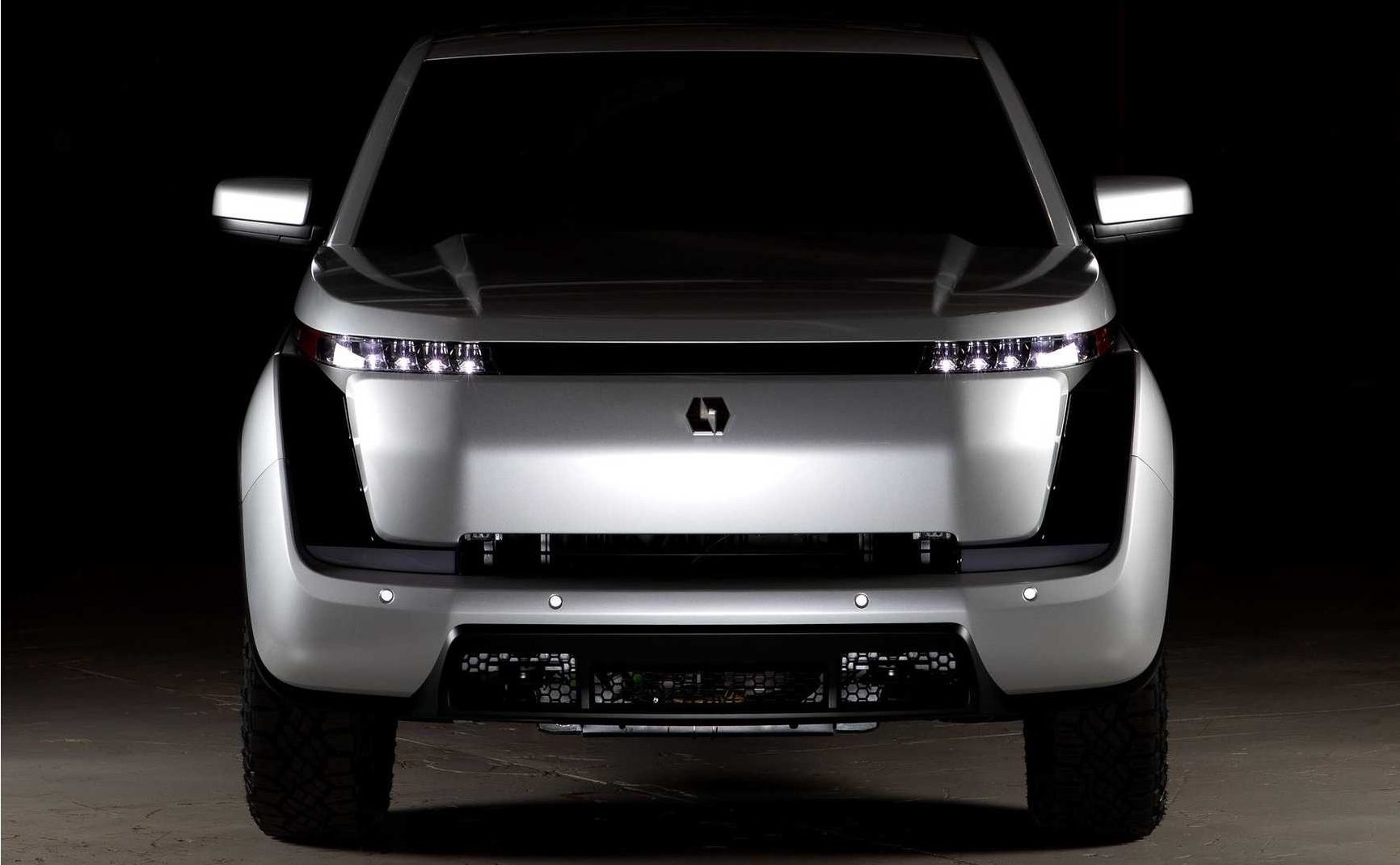
At the launch, Burns said because the weight is on all four corners and so low down, the truck will also handle “like a sports car,” but I’d take that with a pinch of salt.
According to Lordstown, its Endurance vehicle has just four moving parts; the wheels. I’m not aware of any other mainstream EV that has taken this approach before, so it will be interesting to see how and if Lordstown can pull it off.
At the moment, Lordstown only has prototype vehicles in testing. However, given that it already has a tooled up factory, it’s not as far away from starting production as the likes of Tesla, which is still yet to build a Cybertruck factory, and Nikola, which hasn’t even built a prototype of its electric/hydrogen hybrid truck yet.
But y’know, the first to market, isn’t always the best.
Get the TNW newsletter
Get the most important tech news in your inbox each week.

